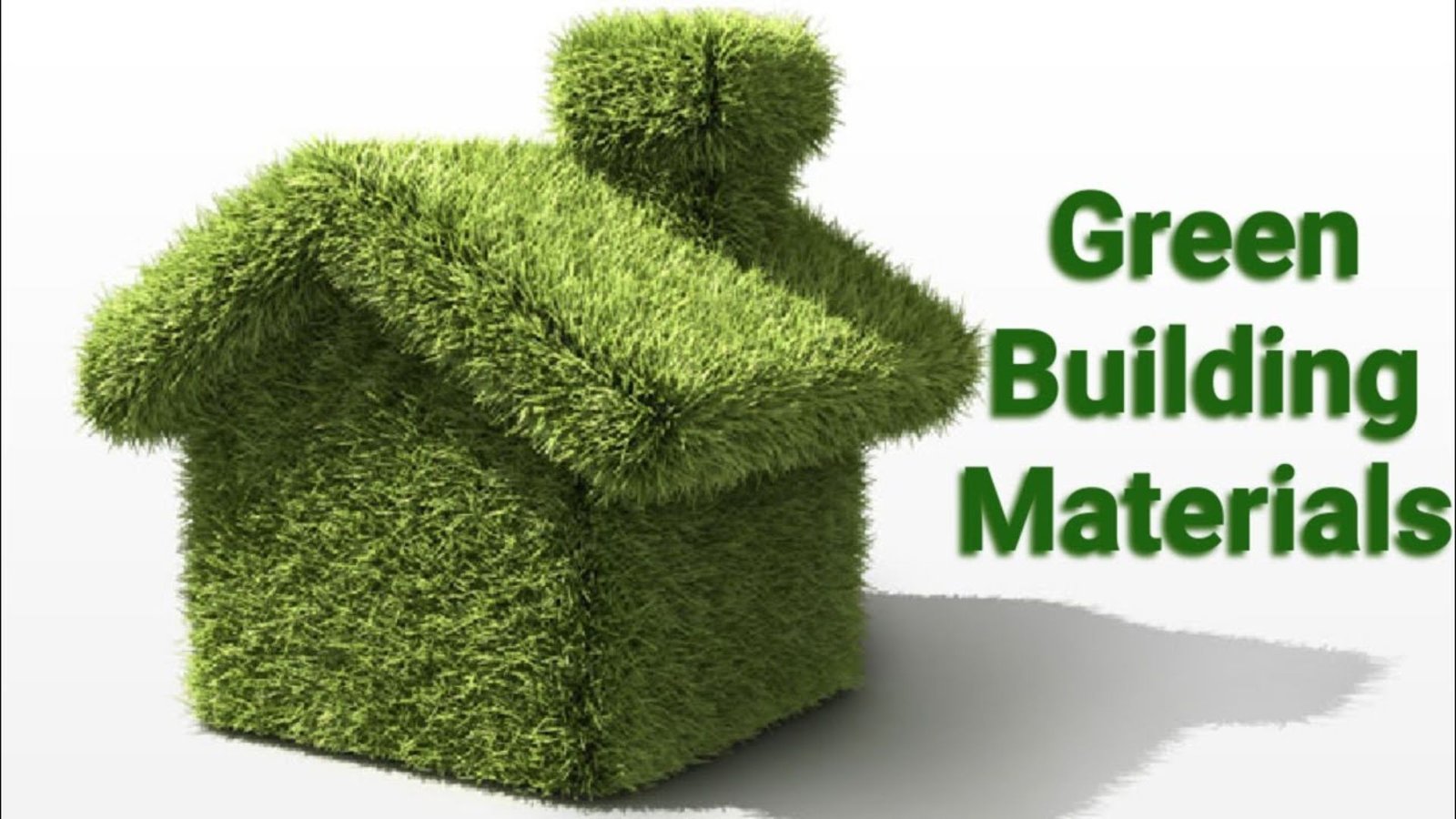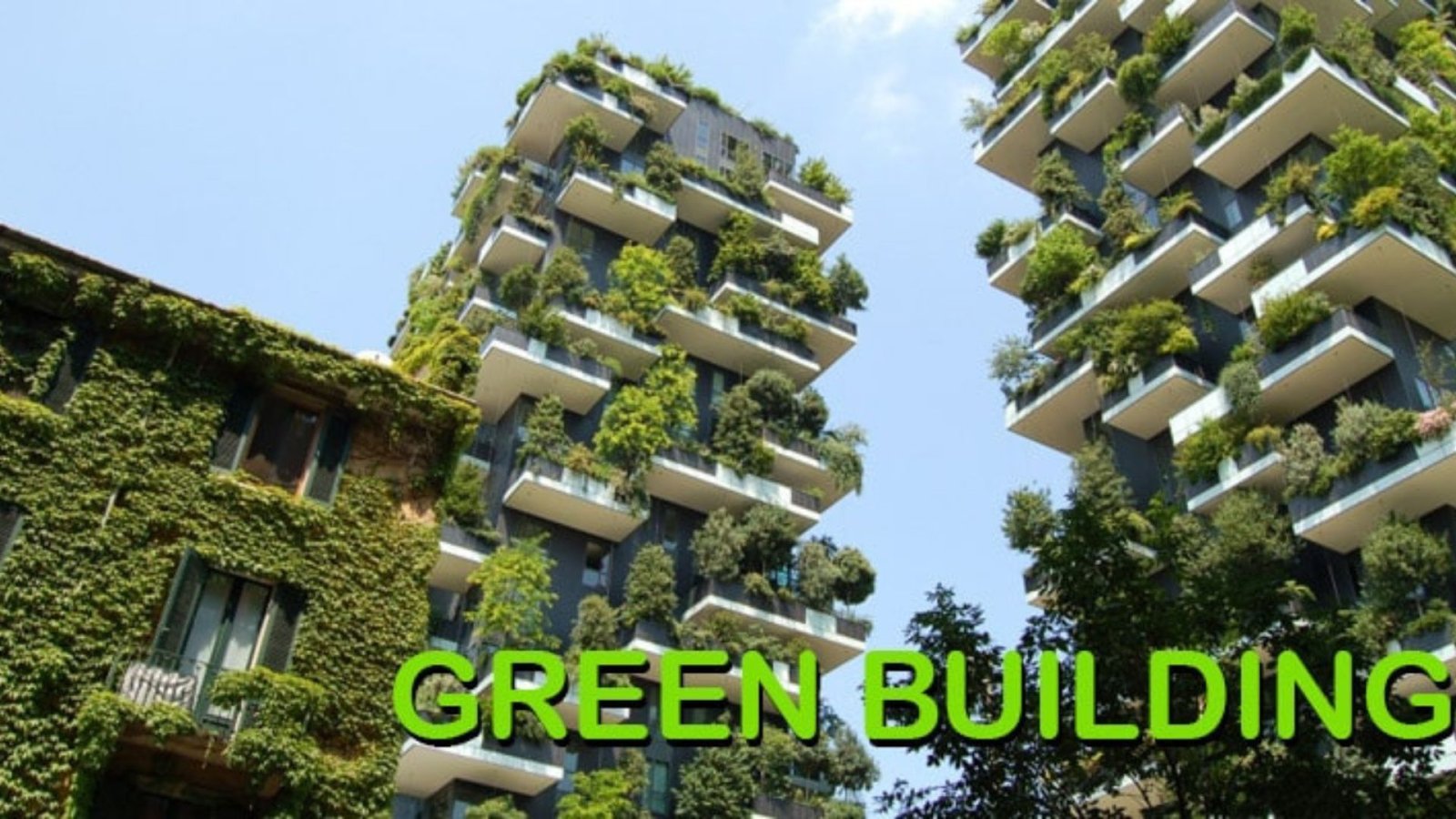Benefits of Green Building Materials
Green building materials are becoming more popular as people focus on sustainability. Using green building materials can have many advantages for your construction projects. In this article, we will explore the key benefits of green building materials and why they are a smart choice for anyone looking to build in an eco-friendly way.

Why Choose Green Building Materials?
Environmental Impact
Firstly, sustainable building materials help reduce the environmental impact of construction. These materials are often made from recycled or renewable sources, which means they have a smaller carbon footprint. For instance, bamboo and recycled steel are commonly used because they are sustainable and reduce waste. Therefore, by choosing green building materials, you contribute to a healthier planet and reduce pollution.
Energy Efficiency
Secondly, green building materials often enhance energy efficiency. Materials such as high-performance insulation and energy-efficient windows help keep buildings well-insulated and reduce energy consumption. As a result, buildings use less energy for heating and cooling. Consequently, this can lead to lower utility bills and a smaller overall environmental footprint.
Health and Comfort Benefits
Improved Indoor Air Quality
Another significant benefit of green building materials is improved indoor air quality. Many green materials are low in volatile organic compounds (VOCs), which are chemicals that can be harmful when inhaled. For example, low-VOC paints and finishes help reduce indoor air pollution. By using these materials, you create a healthier living environment for occupants, which can be particularly beneficial for people with allergies or respiratory issues.
Increased Comfort
In addition, green building materials contribute to increased comfort in buildings. For instance, materials with better insulation properties help maintain a stable indoor temperature. This means that indoor spaces remain comfortable throughout the year. Moreover, green materials can enhance acoustic performance, reducing noise pollution and creating a more peaceful environment.
Economic Advantages
Long-Term Savings
One of the key economic benefits of green building materials is long-term savings. While some green materials may have a higher initial cost, they often lead to cost savings over time. Energy-efficient materials, for example, can significantly reduce energy bills. Additionally, durable and low-maintenance materials can lower repair and replacement costs. Thus, investing in green building materials can be a cost-effective choice in the long run.
Increased Property Value
Furthermore, buildings constructed with green building materials often have higher property values. Many buyers are willing to pay a premium for homes and commercial properties that are environmentally friendly and energy-efficient. Therefore, using green materials can make your property more attractive to potential buyers and increase its market value.
Choosing the Right Green Building Materials
Assess Your Needs
When selecting green building materials, it’s important to assess your specific needs. Consider factors such as climate, building type, and budget. For example, in colder climates, high-performance insulation may be a priority, while in warmer areas, cooling efficiency might be more critical. By understanding your requirements, you can choose the most suitable green materials for your project.
Research and Certification
Additionally, research the certifications and standards for green building materials. Look for materials that are certified by recognized organizations, such as the Forest Stewardship Council (FSC) or the Cradle to Cradle (C2C) certification. These certifications ensure that the materials meet specific environmental and health standards. Therefore, by choosing certified materials, you can be confident that you are making a responsible choice.
Implementing Green Building Materials
Start with Small Projects
If you are new to using green building materials, start with smaller projects. For example, you might begin by incorporating green materials in a home renovation or a small commercial space. This approach allows you to gain experience and understand the benefits firsthand. As you become more familiar with green materials, you can apply them to larger projects.
Work with Professionals
Finally, consider working with professionals who have experience with green building practices. Architects, builders, and contractors who specialize in green construction can provide valuable guidance and ensure that the materials are used effectively. Additionally, they can help you navigate the selection process and achieve the best results for your project.
Conclusion
In conclusion, green building materials offer numerous benefits, including environmental impact reduction, energy efficiency, improved indoor air quality, and long-term economic savings. By choosing green materials, you contribute to a more sustainable future and create healthier, more comfortable spaces. Assess your needs, and research certifications, and consider working with professionals to make the most of green building materials. Embrace these benefits and make a positive impact with your construction projects.



